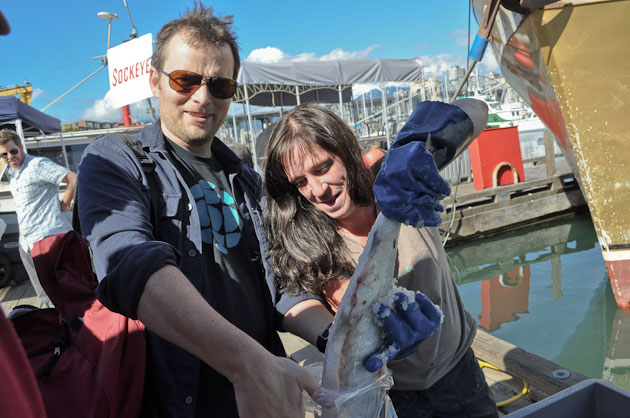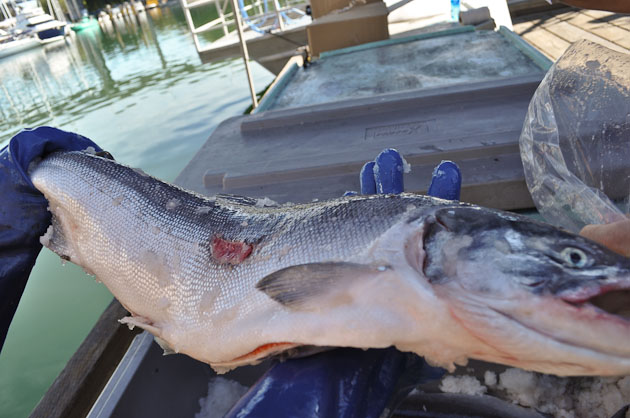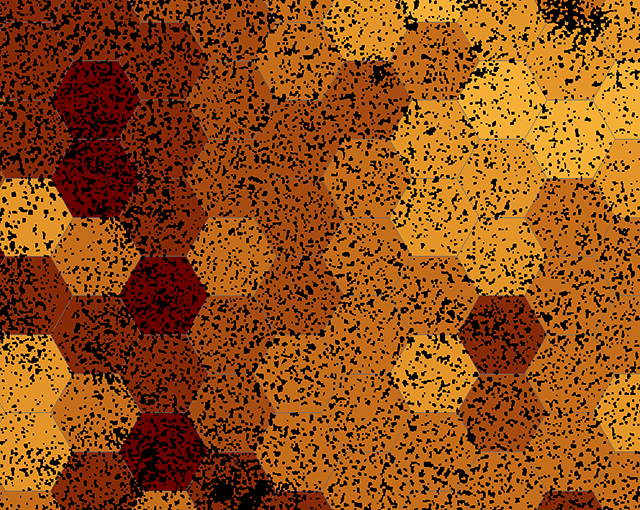The Upside of Environmental Complexity
Just bought a sockeye salmon off the dock at Granville Island. Hook-and-line caught in the ocean the evening before, gutted when it was brought in to the boat, and because we didn’t mind a little seal bite we got the big one for the regular price.

According to the bathroom scale we paid about the same per pound as we would for factory farm hamburger, which is a somewhat sad economic consequence of the magnitude of this year’s incredible sockeye run. My complex systems teacher once made the point that at a certain scale, complex systems can be effectively equivalent to chaotic systems. Viewed from the commercial dock at Granville Island, the 4 year oceanic salmon cycle sure seems chaotic.

seal bite
And tasty. We’ve never cooked salmon before, but we’re figuring on grilling up a chunk of it on bbq tonight with a little lemon.

